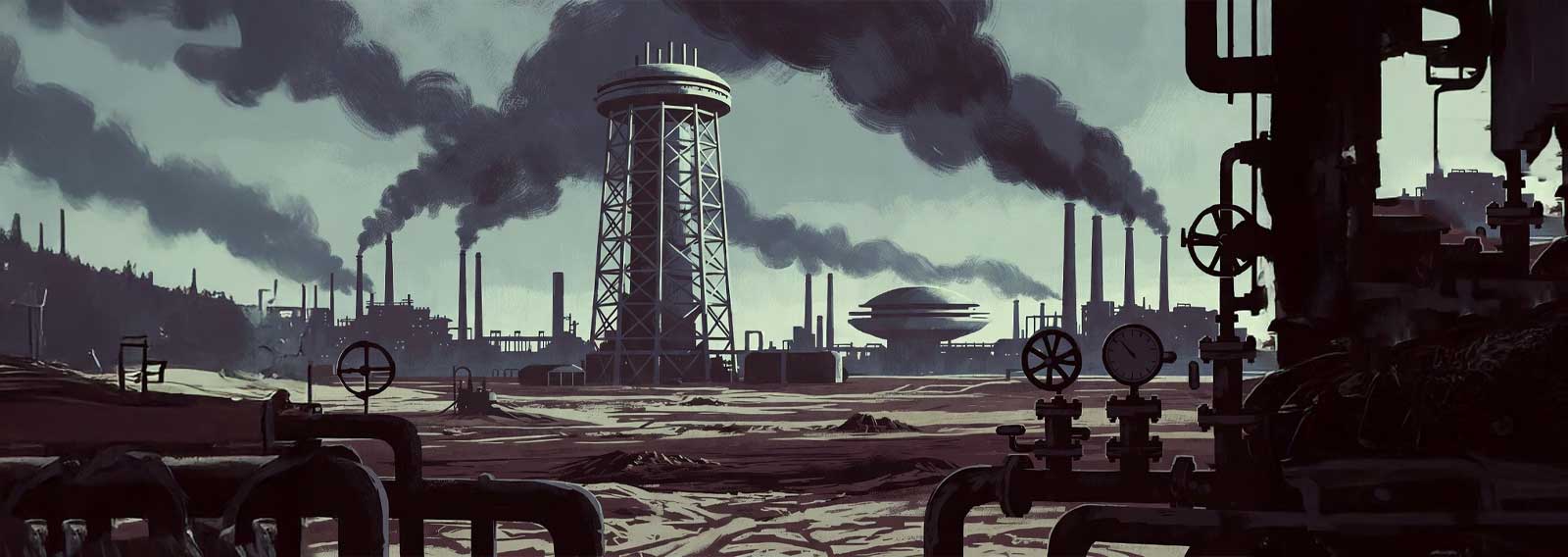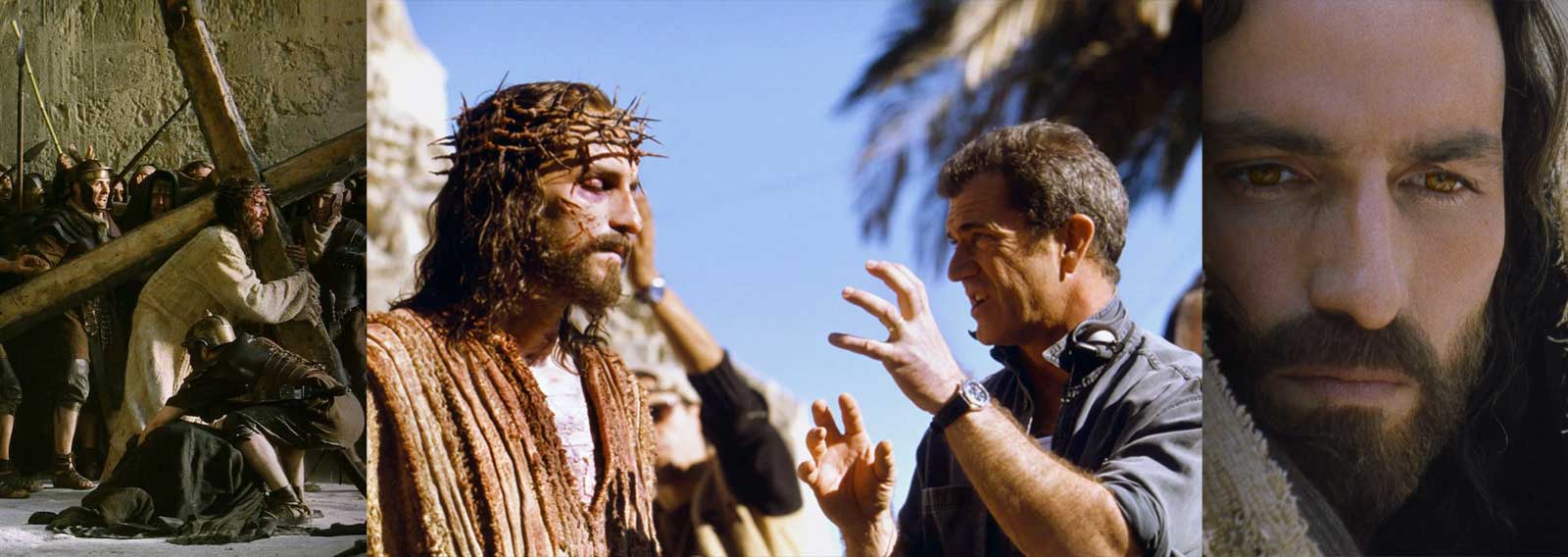The story of the Ship of Theseus is an ancient Greek paradox recorded by Plutarch in his work, The Life of Theseus. In the story, Theseus, an Athenian hero, sailed a wooden ship that was later kept as a monument to his legendary deeds.
Over time, the wooden ship began to decay, so its rotten parts were replaced one by one until virtually no original component of the ship remained. Despite this, the ship was still recognised as the Ship of Theseus. The question then arose as to whether it was still really the same ship if every part had been replaced.
The problem was only compounded when it was suggested that someone could rebuild Theseus’ ship from the original, discarded parts. Now, there would be two ships: one of new materials, the other from the original eroding pieces. So, which ship was the true Ship of Theseus?
The paradox has been employed by philosophers over the centuries and applied to a variety of debates about identity and change. In recent years, the Ship of Theseus has been applied to the question of national identity.
If a country’s defining people group is gradually replaced over time—whether through migration, demographic shifts, or other means—in what sense is it still the same nation?
As a nation’s people change, so too do its cultural practices, heritage, values, and traditions. And yet, the country remains, still recognised by its same name and same borders. But in what sense is it still the same nation?
Where is a nation’s identity found? If not in its defining people and their culture, then where? Its institutions? Its geography? Its name? Just like the Ship of Theseus, a nation’s identity can be questioned when its foundational elements change. And as Western nations continue to undergo significant demographic shifts, it’s a question worth asking again today.























